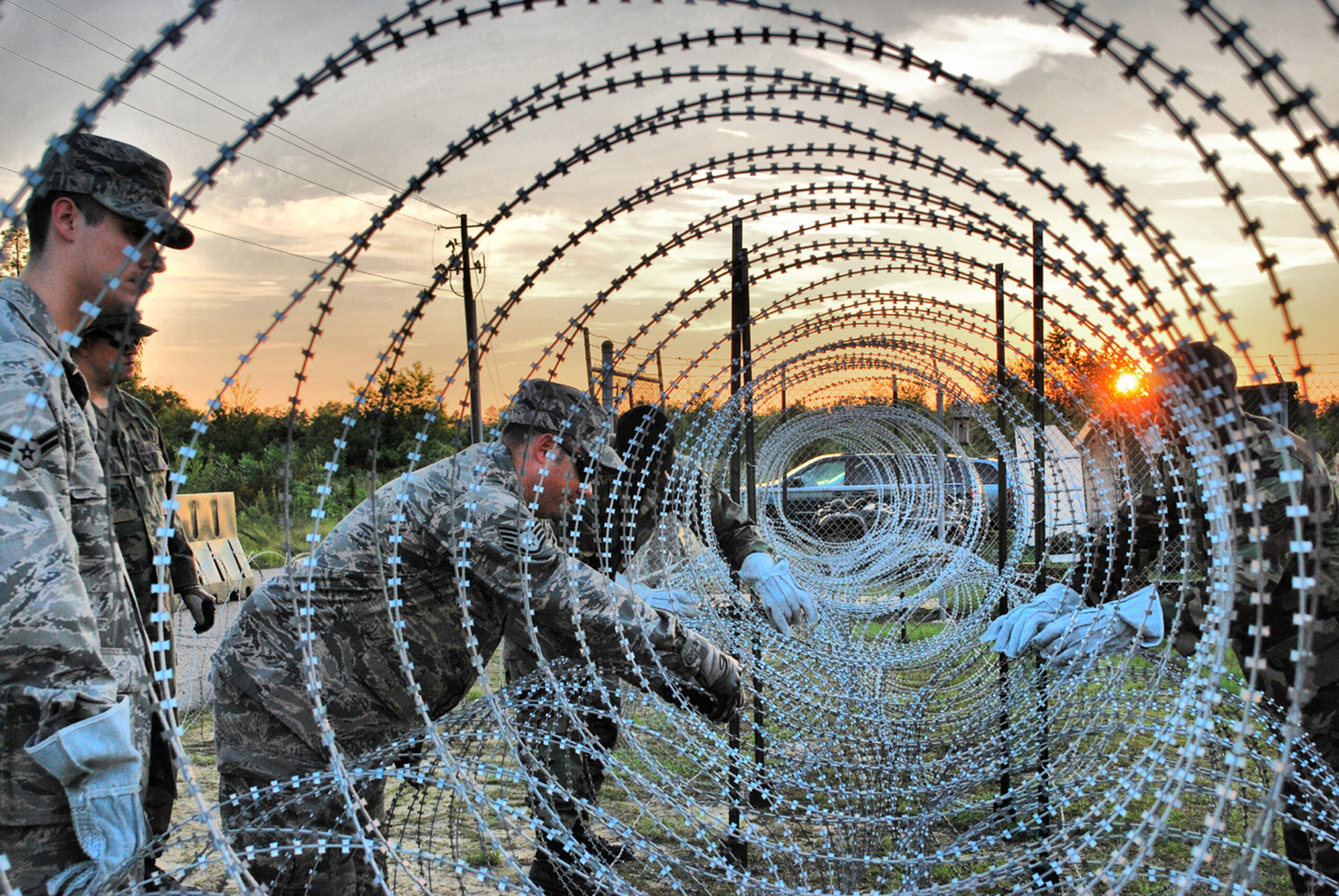Introduction
Concertina wire, once a staple of military fortifications, has evolved over the years, adapting to new security challenges and technological advancements. In this article, we explore the innovations and diverse applications of concertina wire in modern security environments.
Evolution of Concertina Wire
- Material Advances: Traditional concertina wire primarily consisted of galvanized steel. However, modern variations incorporate high-strength materials such as stainless steel or reinforced polymers. Enhancing durability and resistance to corrosion.
- Specialized Configurations: Innovations in manufacturing have led to the development of specialized configurations. Including flat-wrap and razor wire, offering enhanced security and versatility in deployment.
- Integration with Technology: Increasingly, experts integrate concertina wire with advanced surveillance and detection systems. Enabling remote monitoring and rapid response to potential security threats.
- Environmental Adaptability: Manufacturers design new formulations of concertina wire to withstand harsh environmental conditions. Including extreme temperatures and corrosive environments. Without compromising performance.
- Customization Options: Manufacturers offer a range of customization options, including different coil diameters, barb spacing. And coating treatments, tailored to specific security requirements and operational environments.
Applications of Modern Concertina Wire
- Military Operations: Concertina wire remains a vital component of military operations, providing rapid deployability. And effective perimeter security in combat zones and forward operating bases.
- Critical Infrastructure Protection: Critical infrastructure facilities, such as power plants, airports. And seaports, utilize concertina wire to safeguard against potential terrorist threats and sabotage.
- Temporary Security Measures: Authorities often deploy it as a temporary security measure during emergency situations, natural disasters. Or civil unrest, to establish secure perimeters and control access.
- Border Management: Governments use it along international borders to deter illegal crossings and enhance border security. Complementing existing surveillance and enforcement measures.
- Prison Facilities: Correctional institutions employ it to prevent escapes and unauthorized access to restricted areas, contributing to inmate management and facility security.
Also read this" Carvi Seed: Harnessing the Power for Health and Wellness "
Conclusion
The evolution of it reflects the dynamic nature of security challenges and the ongoing quest for innovative solutions to safeguard critical assets and infrastructure. As security threats continue to evolve. It remains a versatile and indispensable tool in the defense and protection of assets, borders, and communities.
FAQs
How long does modern it last?
- The lifespan of modern it varies depending on factors such as environmental conditions, maintenance practices, and material composition.
Can modern it be recycled?
- Yes, many modern it products are recyclable, promoting sustainability and environmental stewardship.
Are there alternatives to traditional it?
- Yes, alternatives such as electrified fencing, anti-ram barriers, and perimeter detection systems offer complementary security solutions depending on specific requirements and operational constraints.
Does modern it require specialized training for installation and maintenance?
- While basic training is sufficient for installation and maintenance, specialized training may be required for advanced configurations and integration with surveillance systems.
What are the costs associated with modern it installation?
- The costs vary based on factors such as the length of perimeter to be secured, terrain complexity, and customization requirements, including integration with other security systems.
